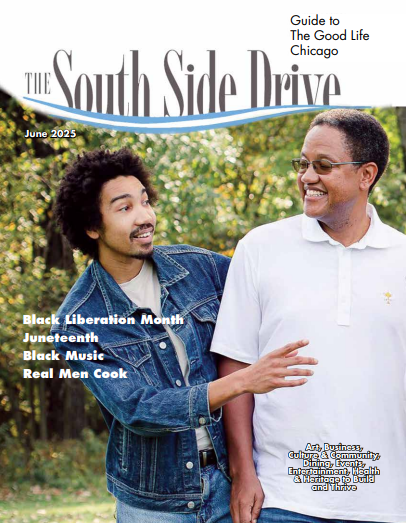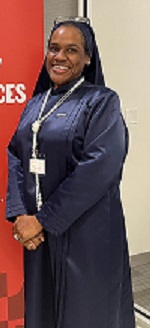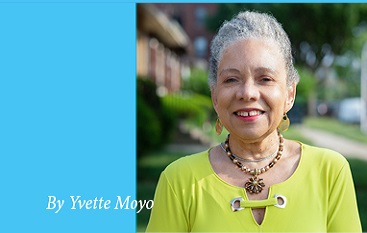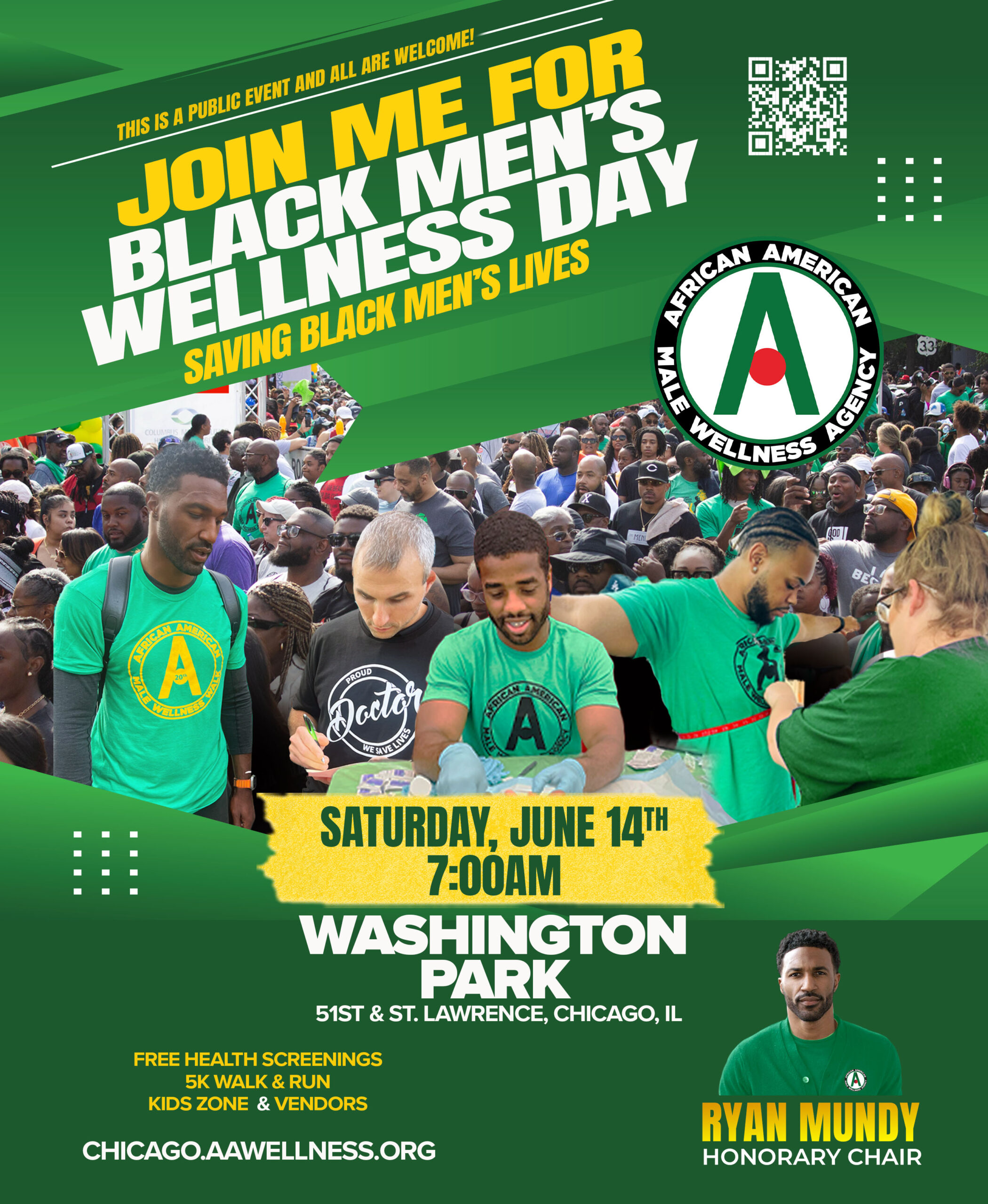How do you get ready for a disaster? Do you tell yourself that it will never happen? According to Murphy’s Law, if it can happen, it will. Some say whatever can go wrong, will go wrong. In today’s political environment, a whole lot can go wrong.
Last Saturday, April 19th, the panel on disasters and personal emergency preparedness consisted of Sister Alva Muhammad, Sister Teresa Muhammad, Patrick McDermott, and Dr. Richard Keller.
Panelist Sister Alva Muhammad, a volunteer emergency preparedness instructor, spoke about the Go-Bag. Sometimes something could happen that makes you want to “get out of Dodge” or lay low for about 72 hours. To explain further, Sister Muhammad brought her Go Bag for the participants to see. As she took out each item one by one, the participants watched in awe, wondering how all of that could fit into one bag.
Sister Muhammad states, “Every family member should strive to have a well stocked Go-Bag. You can be creative too! Think of things that you might need and add them to the end of this list.”
Here is the Go-Bag Checklist:
A paper map to find alternate routes if major roads are closed. (These can be ordered online from randpublishing.com). A recent family photo and a copy of the family emergency plan in a Ziploc bag. An old pair of prescription eyeglasses, or other vital personal items. Any special-needs items for children, seniors, or people with diabetes. Batteries. Battery operated or hand-crank radio. Copy of health, car, homeowners, or other insurance and identification cards in a Ziploc Bag, N95 Dust masks or similar masks. Emergency cash in small bills and quarters for phone calls. Extra keys to your house and vehicle. Flashlight. List of allergies to any drug (especially antibiotics) or foods. List of emergency point-of-contact phone numbers. Non-perishable food and a manual can opener. Permanent marker, a pencil, paper, and tape. Pocket knife or Multi-tool. Prescription medications and first aid supplies. Raingear. Sturdy shoes, a change of clothes, and a warm hat. Toilet Paper and plastic trash bags. Toothbrush, toothpaste, soap, and personal hygiene products. Whistle. Mylar Blanket. Bottled water and non-perishable nutrition bars, MREs, or snacks. Hand Sanitizer. Leather Work Gloves. Light Sticks or Solar Lantern. Walkie-Talkie or handheld two-way radio. Sewing Kit. A Bible, Qur’an, or other Scriptures on which you and your family rely.
In addition to the items on the checklist, she also suggests having food and medical supplies, a tourniquet, a utility shutoff device, hand warmers, a change of clothes, and a pair of shoes. Sister Muhammad stated that one person she knew had a hand- powered chainsaw in their Go-Bag.
Sister Muhammad suggests that everyone grow their food, and assures us that you can grow food if you have a backyard, or if you have a back porch or patio on which you can place a flower pot, or a windowsill that gets sunlight.
She states that you can also grow food in a community garden, a great way to form relationships and strengthen your ties to the community.
Panelist Alexis Owens is the founder of Ventures Unlimited, a community outreach and engagement organization specializing in emergency preparedness.
Sister Owens presented information on engaging communities on what it means for them and their families to be prepared for emergencies. She notes that a wealth of information is available on preparing individuals and families for emergencies; however, she aims to break down the information as simply as possible, so that anyone can understand how to prepare. To this end, Sister Owens provided the participants with a “Family Emergency Plan” handout.
The plan urges individuals and families to make sure they have a plan in case of an emergency. Before an emergency occurs, sit down together and decide how you will communicate with each other, where you will go, and what you will do in an emergency. Keep a copy of the plan in your emergency supply kit or another safe place where you can access it in the event of a disaster.
The plan, in the form of a sheet that participants were advised to take home and fill out with their family, consisted of the following information: out-of-town contact name and telephone number, email address, neighborhood meeting place, regional meeting place, and evacuation location. There is a section where each family member’s information can be filled out, such as name, date of birth, social security number, and essential medical information. Participants will indicate where their family spends the most time, including work, school, and other places they frequently visit. School daycare providers, workplaces, and apartment buildings should all have site-specific emergency plans that individuals and their families need to be aware of.
Important information such as the name and telephone number of doctors and pharmacists, as well as the name, telephone number, and policy number for medical, homeowners and/or rental insurance, and the name and phone number for the veterinarian and kennel for pets is also added to the family plan.
Participants were urged to complete the information as a family, then spread out to their communities. They should know who is at their right, left, in front of them, and behind them. Get to know your neighbors. Get to know their needs.
Her message is that this is not a drill. We are currently in a state of emergency, given the country's political situation. She discussed our elected officials. How do we make them accountable in this process?
Partnerships are key. There are organizations across the city that we must familiarize ourselves with. We must form collaborations, coalitions, and partnerships. We must band together!
